Hongmei Zhang
Key Laboratory of Biomedical Information Engineering of Ministry of Education, School of Life Science and Technology, Xi'an Jiaotong University
A Deep Learning-Driven Pipeline for Differentiating Hypertrophic Cardiomyopathy from Cardiac Amyloidosis Using 2D Multi-View Echocardiography
Apr 25, 2024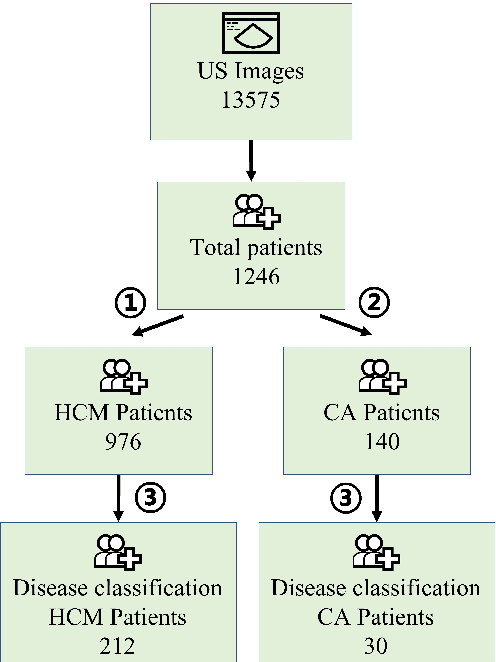

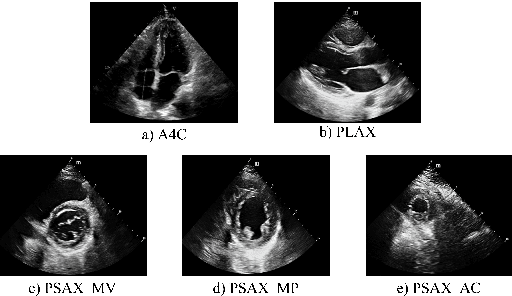
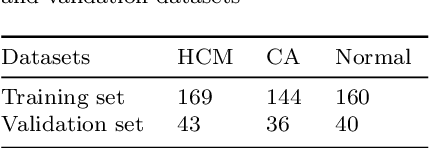
Abstract:Hypertrophic cardiomyopathy (HCM) and cardiac amyloidosis (CA) are both heart conditions that can progress to heart failure if untreated. They exhibit similar echocardiographic characteristics, often leading to diagnostic challenges. This paper introduces a novel multi-view deep learning approach that utilizes 2D echocardiography for differentiating between HCM and CA. The method begins by classifying 2D echocardiography data into five distinct echocardiographic views: apical 4-chamber, parasternal long axis of left ventricle, parasternal short axis at levels of the mitral valve, papillary muscle, and apex. It then extracts features of each view separately and combines five features for disease classification. A total of 212 patients diagnosed with HCM, and 30 patients diagnosed with CA, along with 200 individuals with normal cardiac function(Normal), were enrolled in this study from 2018 to 2022. This approach achieved a precision, recall of 0.905, and micro-F1 score of 0.904, demonstrating its effectiveness in accurately identifying HCM and CA using a multi-view analysis.
Deep Q-learning of global optimizer of multiply model parameters for viscoelastic imaging
Apr 01, 2022
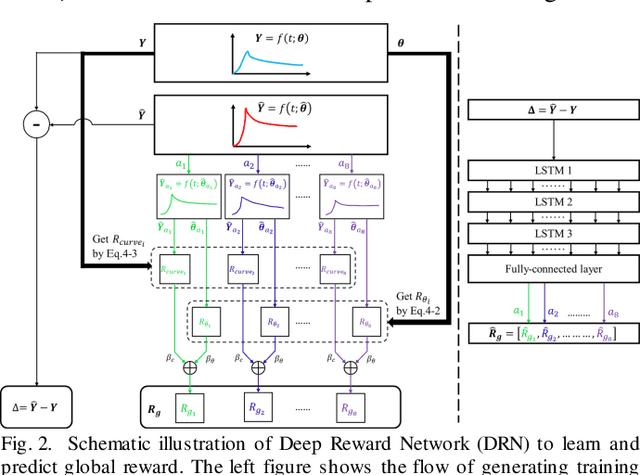
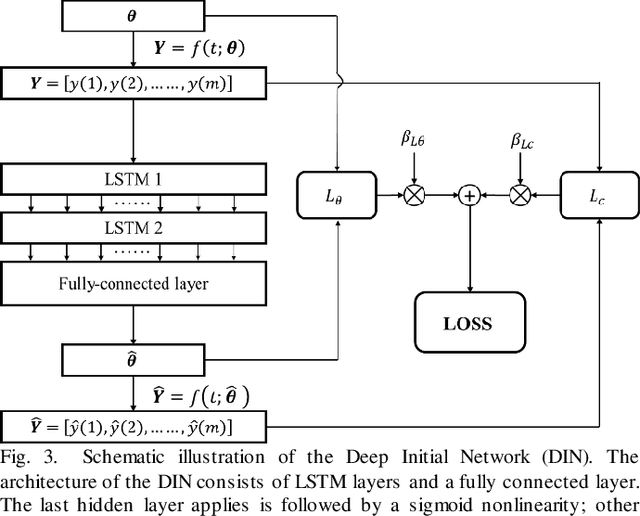
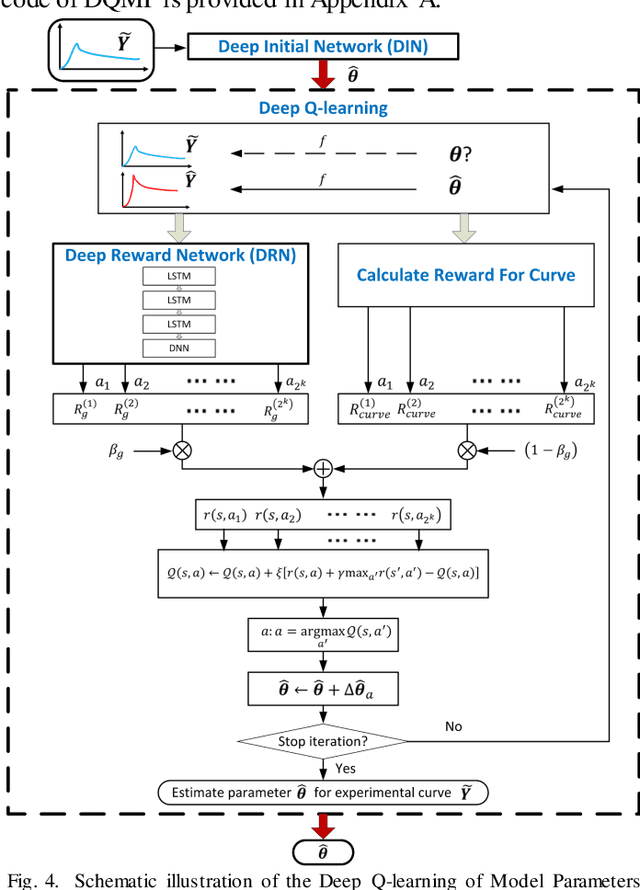
Abstract:Objective: Estimation of the global optima of multiple model parameters is valuable in imaging to form a reliable diagnostic image. Given non convexity of the objective function, it is challenging to avoid from different local minima. Methods: We first formulate the global searching of multiply parameters to be a k-D move in the parametric space, and convert parameters updating to be state-action decision-making problem. We proposed a novel Deep Q-learning of Model Parameters (DQMP) method for global optimization of model parameters by updating the parameter configurations through actions that maximize a Q-value, which employs a Deep Reward Network designed to learn global reward values from both visible curve fitting errors and hidden parameter errors. Results: The DQMP method was evaluated by viscoelastic imaging on soft matter by Kelvin-Voigt fractional derivative (KVFD) modeling. In comparison to other methods, imaging of parameters by DQMP yielded the smallest errors (< 2%) to the ground truth images. DQMP was applied to viscoelastic imaging on biological tissues, which indicated a great potential of imaging on physical parameters in diagnostic applications. Conclusions: DQMP method is able to achieve global optima, yielding accurate model parameter estimates in viscoelastic imaging. Assessment of DQMP by simulation imaging and ultrasound breast imaging demonstrated the consistency, reliability of the imaged parameters, and powerful global searching ability of DQMP. Significance: DQMP method is promising for imaging of multiple parameters, and can be generalized to global optimization for many other complex nonconvex functions and imaging of physical parameters.
 Add to Chrome
Add to Chrome Add to Firefox
Add to Firefox Add to Edge
Add to Edge